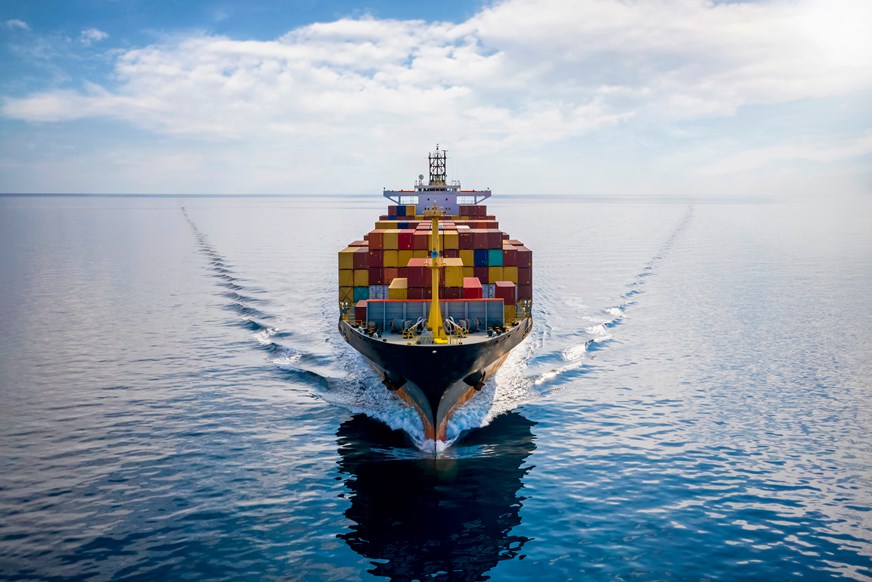
Search our articles
US Probes China Shipbuilding, Signaling Focus on Heavy Industry

Key Insights:
- What happened: The US Trade Representative launched an investigation into China’s marine, logistics, and shipbuilding sectors on April 17, following a petition from five labor unions that alleged the Chinese state used non-market policies to dominate the industry. The unions recommended that China-built ships docking at US ports face additional fees.
- Why it matters: This is the latest indication of rapidly growing concerns in Washington that America lacks the industrial capacity necessary to support its national security needs.
- What happens next: The US is likely to tighten trade measures already in place on inputs to the shipbuilding sector, in lieu of implementing the remedies suggested in the petition. More broadly, US-China tensions are likely to move beyond high-value sectors such as tech and renewables to heavy industries such as shipbuilding, automotive, mining, construction equipment, and chemicals industries, amongst others.
ANALYSIS
The US Trade Representative (USTR) opened an investigation into China’s marine, logistics, and shipbuilding sectors in mid-April, following a petition from five labor unions alleging that China used non-market policies to dominate the industry. In the petition, the unions recommended that China-built ships docking at US ports face additional fees, which could then be directed into a fund to revitalize the US shipbuilding industry.
In response to this petition, the US may choose to tighten trade measures that are already in place on inputs to the shipbuilding industry. As of April 2024, the average US tariff rate on select Chinese steel and aluminum goods is 7.5% and President Biden has called for the USTR to triple these tariffs in light of the investigation. Other policy tools and regulations may also be under discussion.

“Ultimately, rebuilding American ship building capacity is a long-term endeavor that requires high levels of investment.”
— Onyx Strategic Insights
However, these forthcoming actions are unlikely to significantly impact Chinese shipbuilding or meaningfully address obstacles to raising American shipbuilding capabilities. China was responsible for more than 50% of all new ship tonnage last year and the Chinese government has provided substantial support to its domestic shipbuilding sector since the early 2000s. In contrast, the Congressional Research Service estimates that the US accounts for only 0.2% of global gross tonnage, spanning all ship categories. Ultimately, rebuilding American ship building capacity is a long-term endeavor that requires high levels of investment. In the meantime, punitive measures such as those proposed by the unions may encourage workarounds such as transshipment or modal shifts in Canada or Mexico from ships to land freight, limiting the funds raised while still increasing costs to a broad spectrum of the US economy.
The investigation highlights that the US is paying closer attention to the widening gap between American and Chinese industrial capabilities. Recent geopolitical developments like the Russia-Ukraine conflict exacerbated these concerns by highlighting limitations in American manufacturing capacity to support Ukraine. Anxieties over fading US prominence in heavy industry means that American policymakers will continue and likely increase trade and industrial policy measures aimed at regaining lost ground and remedying perceived unfair market practices used by China in its bid to become a global manufacturing power. If this trend continues, the next most likely sectors to face similar action include construction equipment, mining, automotive, and chemicals.
Topics: Asia, North America, Trade

Written by Onyx Strategic Insights

